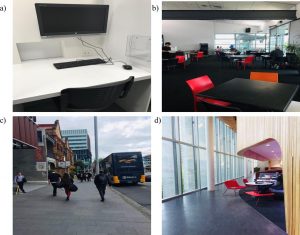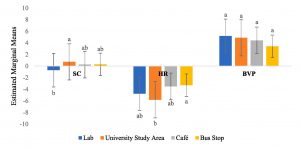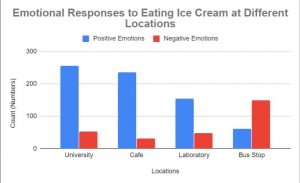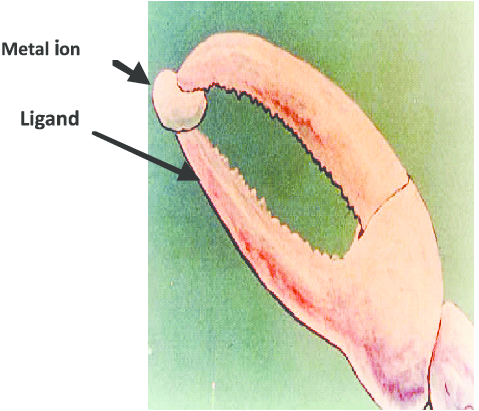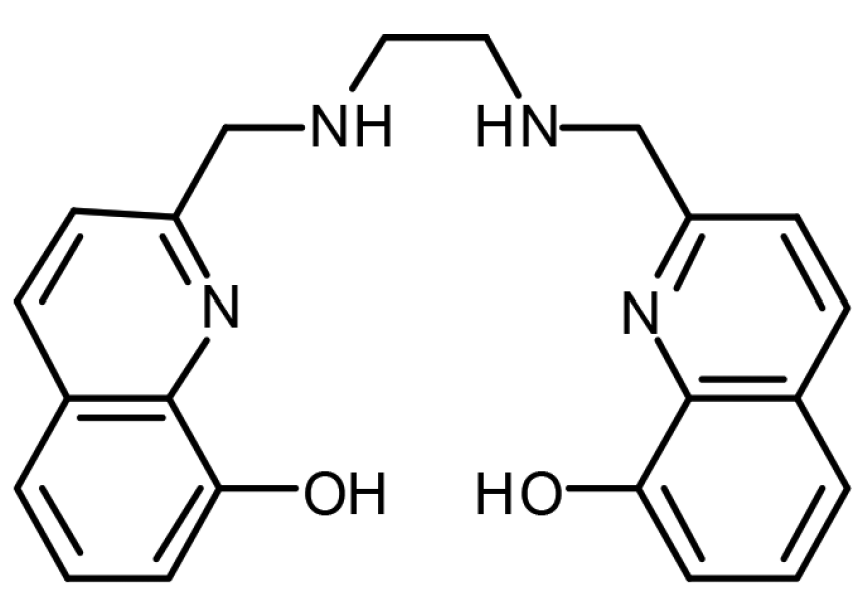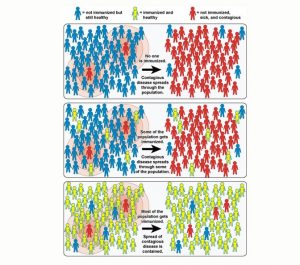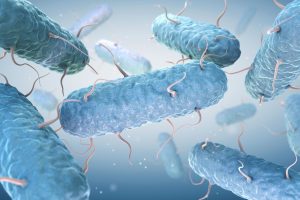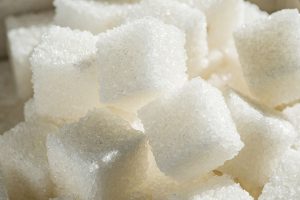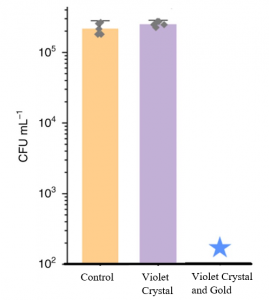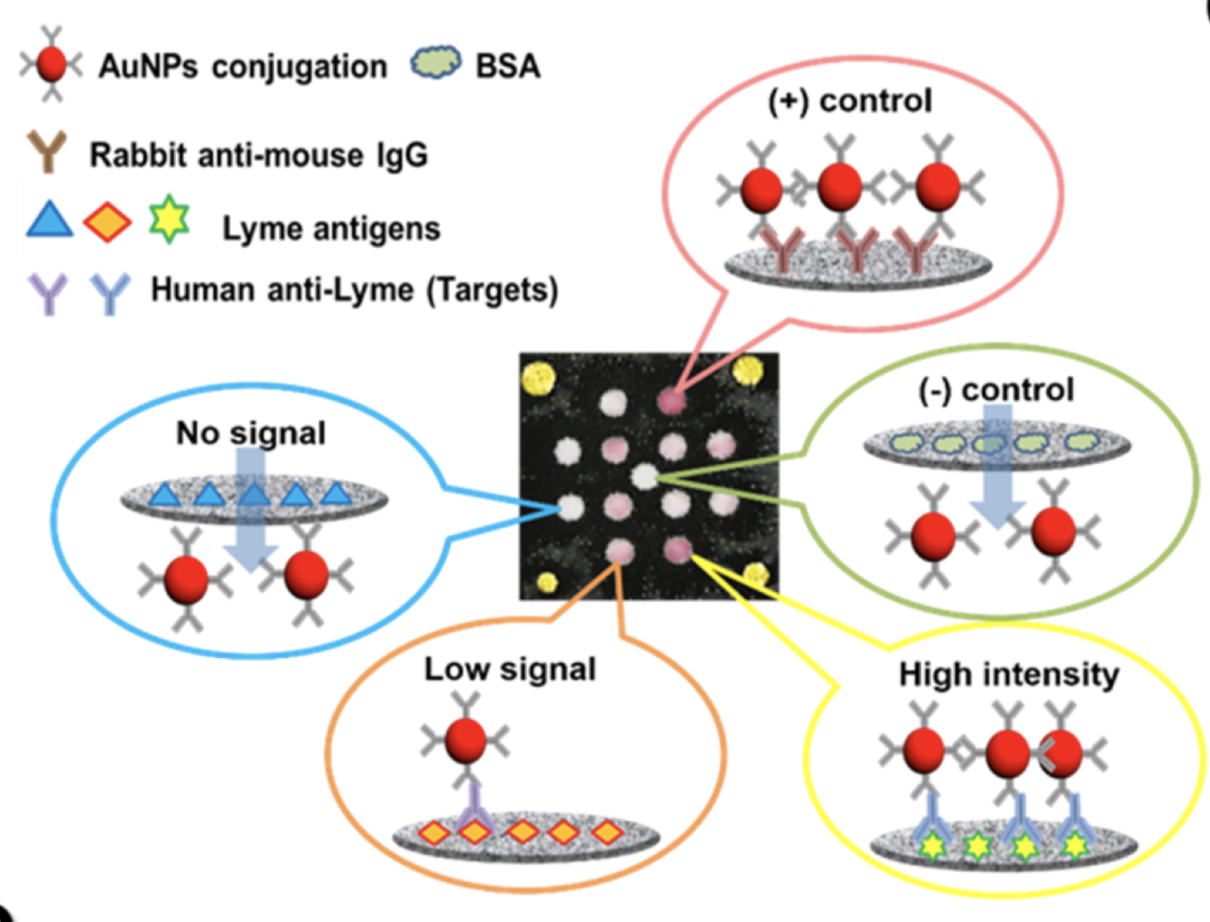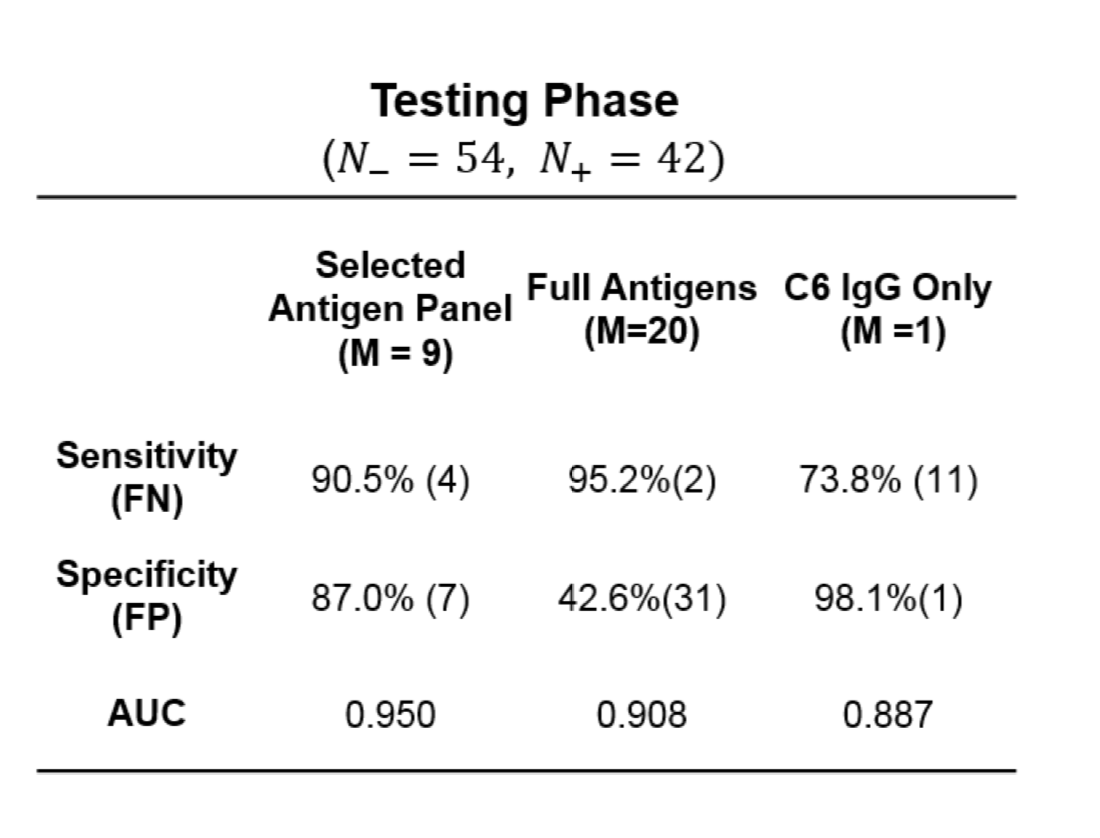Analyzing gene expression levels can be a way to distinguish patients with severe and non-severe asthma. Lower rRNA expression levels of histone deacetylase 2 (HDAC2), (erythroid-derived 2)-like 2 (Nrf2), and glucocorticoid-induced transcript 1 (GLCCI1) are observed in severe asthma patients compared to non-severe patients. These low levels indicate asthma exacerbation happens more frequently in severe asthma patients.
5-10% of people with asthma are affected with severe asthma. A study in 2019 examined HDAC2, Nrf2, and GLCCI1 genes to compare their mRNA expression levels with severe and non-severe asthma patients. In all 3 genes, lower expression levels is observed in severe asthma patients, as seen in Figure 1.

Fig 1. (A) mRNA expression levels of GLCCI1, Nrf2, and HDAC2 for severe and non-severe asthma (B) Receiver operating characteristic for the discrimination between severe and non-severe asthma (Retrieved from: Hirai)
Samples were retested if the variations were greater than 5%. With a 95% confidence interval and p values less than 0.05, indicating statistical significance, the coefficients were calculated for all 3 genes.
Patients were re-evaluated after 1 year to identify exacerbations that may occur. It was shown that exacerbations occurred in 44% of severe asthma patients and only 9.4% of non-severe asthma patients. This is directly related to the mRNA expression levels. Patients with a much lower expression level are more likely to have asthma exacerbations.
These results can be quantified to predict future exacerbation. This helps with the amount of corvicalsteroids needed for treatment. This is especially important for severe asthma patients, as corvicalsteroids are less effective compared to non-severe patients.
Observing gene expression is a method to distinguish between severe and non-severe asthma patients. It can help with reducing exacerbations using appropriate treatment.
-Wilson Wong


